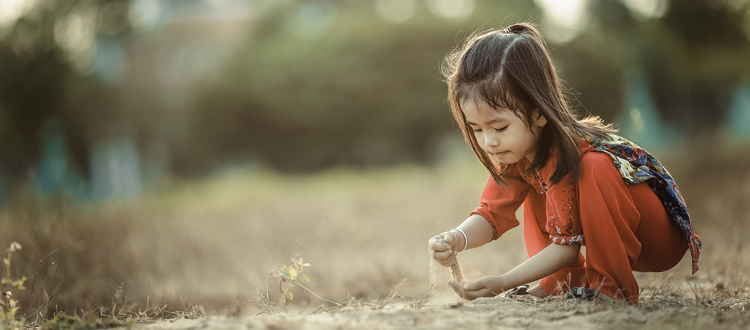Reconsidering Grit as a Two-Edged Sword for At-Risk Students
Michele Mills
Liberty University
Abstract
This article reviews the current literature on grit as a term trending in the world of education, and is depicted as an unrelenting, hardworking approach to academic, personal, or professional goals. Although grit is a personal trait that many schools have begun to teach as part of its character education program, this author suggests that there are unseen emotional and physical risks for historically-marginalized students to be gritty. In the article, she will define the terms grit and historically-marginalized students, describe how there is a possible relationship between grit and anxiety for historically-marginalized students that are considered gritty, and offer possible supports that can be put in place for those students.
Keywords: grit, anxiety, historically-marginalized students
Introduction
Primary and secondary schools have begun to shift to a new way of thinking that focuses on one’s effort instead of talent or intelligence. Gone are the days when parents and teachers are encouraged to tell children how smart they are, or to base a child’s success on natural-born talent for sports, music, etc. One would be hard-pressed to hear a school teacher scold a student for a wrong answer or misconception. Many of the typical posters that outline how to solve a math problem or how to implement a reading strategy that one would expect to see hanging in classrooms have been replaced by Growth Mindset vs. Fixed Mindset (Fitzgerald & Laurian-Fitzgerald, 2016) posters, where students are taught that mistakes are essential to learning. Students are now taught that being gritty will help them achieve their goals, so they must demonstrate passion and persevere (2016).
Even colleges have begun to rely more on the predictive nature of grit instead of the standard SAT (Scholastic Aptitude Tests) scores to anticipate success for incoming freshman (Duckworth, 2016). Punitive school discipline policies such as “zero tolerance” are being replaced by more holistic approaches to discipline, such as Restorative Justice (Gonzalez, 2012). Among these progressive ideologies like growth mindset and social emotional learning is the highly-esteemed concept of grit (Duckworth, 2016). Although Angela Duckworth’s book “Grit: The power of passion and perseverance” (2016) is a New York Times Bestseller, there are some growing concerns that grit may have negative effects on historically-marginalized students. This author believes that one size does not fit all, and there are some dangers in treating all students the same, without considering their backstories. In this article, we will examine grit, the implications it may have on historically-marginalized students, and interventions that could minimize the negative impact grittiness may have on certain students.
Defining Grit
Simply stated, Angela Duckworth describes grit as “a combination of passion and perseverance that made high achievers special” (2016, p.8). Although the ideas of perseverance and passion have been taught to schoolchildren for generations, Duckworth has provided scientific research to support her claim that high levels of passion and perseverance together make a person gritty (2016). Duckworth indicates that passion results in hours and hours of practice or study to achieve greater skill and knowledge, as demonstrated by some famous athletes and professionals. To demonstrate perseverance, individuals endure countless obstacles and continue to prove resilient. In isolation, passion or perseverance alone do not equate grit, but only the combination of the two traits.
In line with Carol Dweck, a professor of Stanford University, Angela Duckworth has aligned the concept of grit to the philosophy of having a growth mindset (Hochanadel and Finamore, 2015). Both growth mindset and grit are concepts that posit that intelligence are not fixed, but can be enhanced and increased through both external and internal factors. Instead of thinking that athletes are born with their gifts and scientists with their intelligence, both Dweck and Duckworth argue that we all are able to change our intelligence and grit through having a growth mindset.
Although grit is taught as a character trait, Duckworth has also established it as a measurable trait through the Grit Scale. The 8-point and 12-point grit scales are able to indicate the level of grittiness of an individual. As a result, organizations like West Point, colleges, and schools have been able to use the grit scale instrument to determine retention for potential students (Duckworth, 2016). The result has been that the grit scale has been established as a reliable instrument to predict success. To give the concept of grit credence, Duckworth interviewed many athletes, musicians, and other professionals to determine what made them stand out from the rest of the people in their profession. Wil Smith, a well-known African American actor and music rapper, was one of the professionals that Duckworth interviewed. In the interview, he made the following quote, that is often used as an example of grit:
The only thing that I see that is distinctly different about me is I’m not afraid to die on a treadmill. I will not be outworked, period. You might have more talent than me, you might be smarter than me, you might be sexier than me, you might be all of those things-you got it on me in nine categories. But if we get on a treadmill together, there’s two things: you’re getting off first, or I’m going to die. It’s really that simple. (Duckworth, 2016, p.46)
Some educators, like myself, have embraced the idea of grittiness to heart, and have begun to explicitly teach components of grit, with many positive outcomes.
Positive Implications of Grit
Carlton Fitzgerald and Simona Laurian-Fitzgerald (2016) agree that one of the greatest benefits of the concepts of grit and Growth Mindset is that they consistently predict success, even more so than test scores or intelligence quotients alone. For example, these authors describe how Angela Duckworth studied many different test groups for levels of grittiness as it related to the predictability of success with consistent accuracy. Over and over again, the grittiest individuals were the most successful, even if they were not the most athletic or intelligent (2016).
Another positive implication of grit is the easy adaptability for teachers and parents to incorporate into daily structures for children. For example, Fitzgerald and Laurian-Fitzgerald (2016), along with Osher, Kidron, Brackett, Dymnicki, Jones, and Weissberg (2016) all agree that extra-curricular activities are opportunities for students to either grow passionate about an interest, while building confidence and relational skills. Confidence and relational skills fall under the Social Emotional Learning model as key components of self-awareness and relationship skills building, critical for all students, but especially at-risk students (Osher, et al, 2016).
I believe the most positive impact of teaching grit is that it shifts the culture of the staff, as well as the students. Students who once doubted themselves because they were in special education or were not naturals at sports began to believe that through practice they would get better. My students began to persevere through challenging math problems, encouraging each other in as young as 2nd grade by saying things like, “You can do it. Just persevere. Mistakes help us learn!” As a teacher, I could not have been prouder. My efforts of explicitly teaching perseverance were affecting change.
Negative implications for grit
As I began to research grit more in-depth, I discovered that some researchers like Daniel Peterson (2015) and Noah Golden (2017) suggested that grit could also have negative consequences for students that are at-risk. These at-risk students are historically-marginalized students based on race, poverty level, disability, and language proficiency. Everyone is not convinced that the concept of grit is the answer for all students, especially without interventions and support in place for those students.
For example, Golden (2015) described a case study with a young man named Elijah that was attending an alternative school to pass his High School Equivalency exam. In the case study, Golden begins to discuss the fact that some educators are content to blame the students for not being successful, stating that they just need to be grittier, instead of correcting the broken school systems. This shift takes the responsibility from the school officials and policymakers, and places it on the students that are not gritty. In other words, the students or the communities are to blame for not being academically successful.
Ebony McGee and David Stovall (2015) re-introduced the Critical Race Theory (CRT) as it relates to grit. McGee and Stovall (2015) say, “We contend that current research on ‘grit’ and ‘resilience,’ at least as these concepts are sometimes defined and operationalized, does not account for the toll societal racism takes on students who may be viewed as successful” (p.492).
McGlynn and Kelly (2017) also address the added pressure that some high-achieving African Americans deal with to be successful. Although they achieve, the mental anguish can even be deadly, making some suicidal (2017). These authors warn that there are some hidden dangers with the gritty message.
For many students, they walk into the classroom with invisible baggage that is a result of their background. Some students carry the weight of their family, tasked with being the first person to graduate college or even high school in their family. Other students are preoccupied with defying the stereotypes about their race or ethnicity. Finally, these historically-marginalized students hyper focus on being perfect, criticizing themselves for the smallest of mistakes. The pressure they place on themselves allow for much anxiety that translates into high blood pressure, migraines, and other health concerns.
Conclusion
I believe that grit is a great concept that has the potential to increase self-confidence, relationship building skills, and predict high achievement. Research is strong in support that it can be grown and sharpened. Nevertheless, I believe that we must take grit with an added responsibility to consider the other side of the sword that cuts at the identity of groups of disenfranchised persons. More research should be done to ensure that the right message is being sent to all students, regardless of backgrounds.
The key to ensuring success to all students is to provide supports for gritty students that are believed to be at-risk for overexerting themselves. These students can be taught relaxation techniques, such as deep breathing and other Mindfulness activities (Brostoff, 2017). Self-awareness is also a strategy that can be taught in order for at-risk students to self-regulate when they are getting too stressed, or are denying their basic physical needs of eating, sleeping, etc. With parents, teachers, and students being aware of the risk gritty students may encounter, everyone is better prepared to off-set these risks with supports to ensure success. We want all students to be gritty-and healthy.
References
Brostoff, T.K. (2017). Meditation for law students: Mindfulness practice as experiential learning.
Law and Psychology Review, 41, 159+. Retrieved from Retrieved from http://link.galegroup.com.ezproxy.liberty.edu/apps/doc/A500607954/ITOF?u=vic_liberty&sid=ITOF&xid=8d35d5f2
Duckworth, A. (2016). Grit: The power of passion and perseverance. New York: Scribner.
Fitzgerald, C.J. & Laurian-Fitzgerald, S. (2016). Helping students enhance their grit and growth
mindsets. Journal Plus Education/Educatia Plus, 1452-67.
Golden, N.A. (2017). There’s still that window that’s open: The problem with grit. Urban
Education, 52(3), 343-369. doi: 10.1177/0042085915613557
González, T. (2012). Keeping kids in schools: Restorative justice, punitive discipline, and the
school to prison pipeline. Journal of Law and Education, 41(2), 281-335. Retrieved from http://ezproxy.liberty.edu/login?url=https://search-proquest-com.ezproxy.liberty.edu/docview/1008167526?accountid=12085
Hochanadel, A., & Finamore, D. (2015). Fixed and growth mindset in education and how grit
helps students persist in the face of adversity. Journal of International Education Research, 11(1), 47-n/a. Retrieved from http://ezproxy.liberty.edu/login?url=https://search-proquest-com.ezproxy.liberty.edu/docview/1655539157?accountid=12085
McGee, E. O. and Stovall, D. (2015). Reimagining Critical Race Theory in Education: Mental
Health, Healing, and the Pathway to Liberatory Praxis. Educ Theory, 65: 491–511. doi:10.1111/edth.12129
Osher, D., Kidron, Y., Brackett, M., Dymnicki, A., Jones, S., & Weissberg, R.P. (2016).
Advancing the science and practice of Social Emotional Learning. Review of Research in Education, 40(1), 644-681. doi: 10.3102/0091732X16673595
Peterson, D. (2015). Putting measurement first: Understanding ‘Grit’ in educational policy and
practice. Journal of Philosophy of Education, 49: 571–589. doi:10.1111/1467-9752.12128

This work is licensed under a Creative Commons Attribution 4.0 International License.

